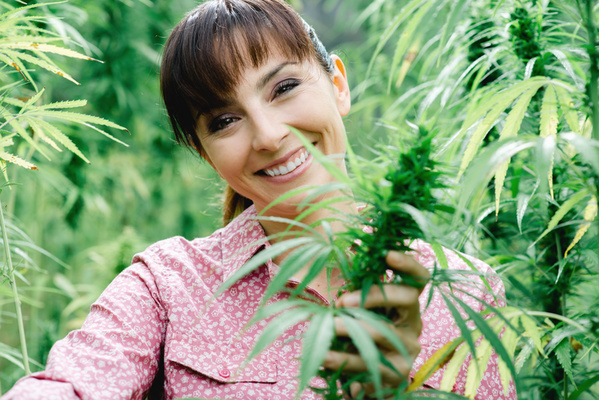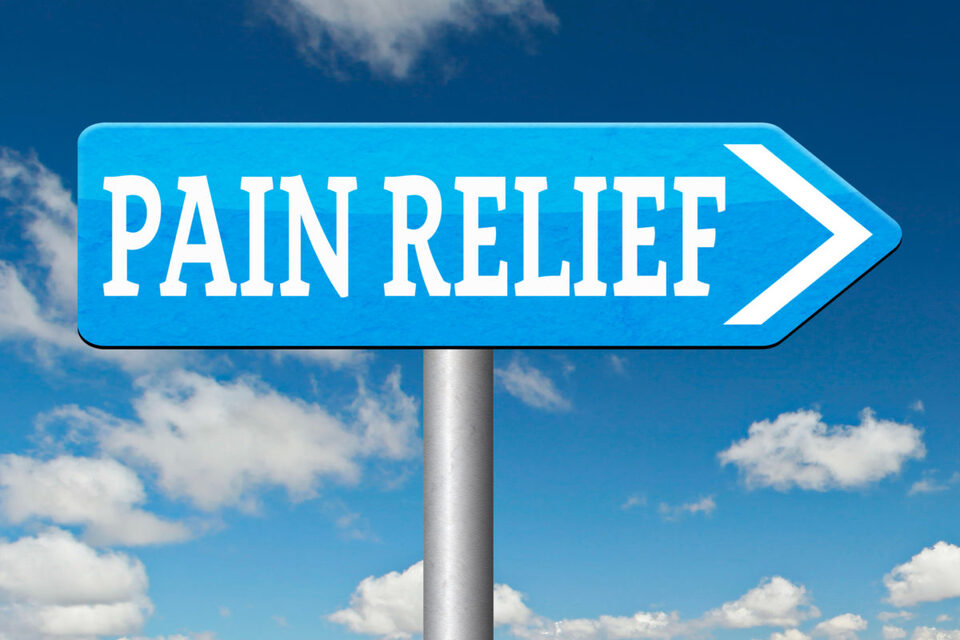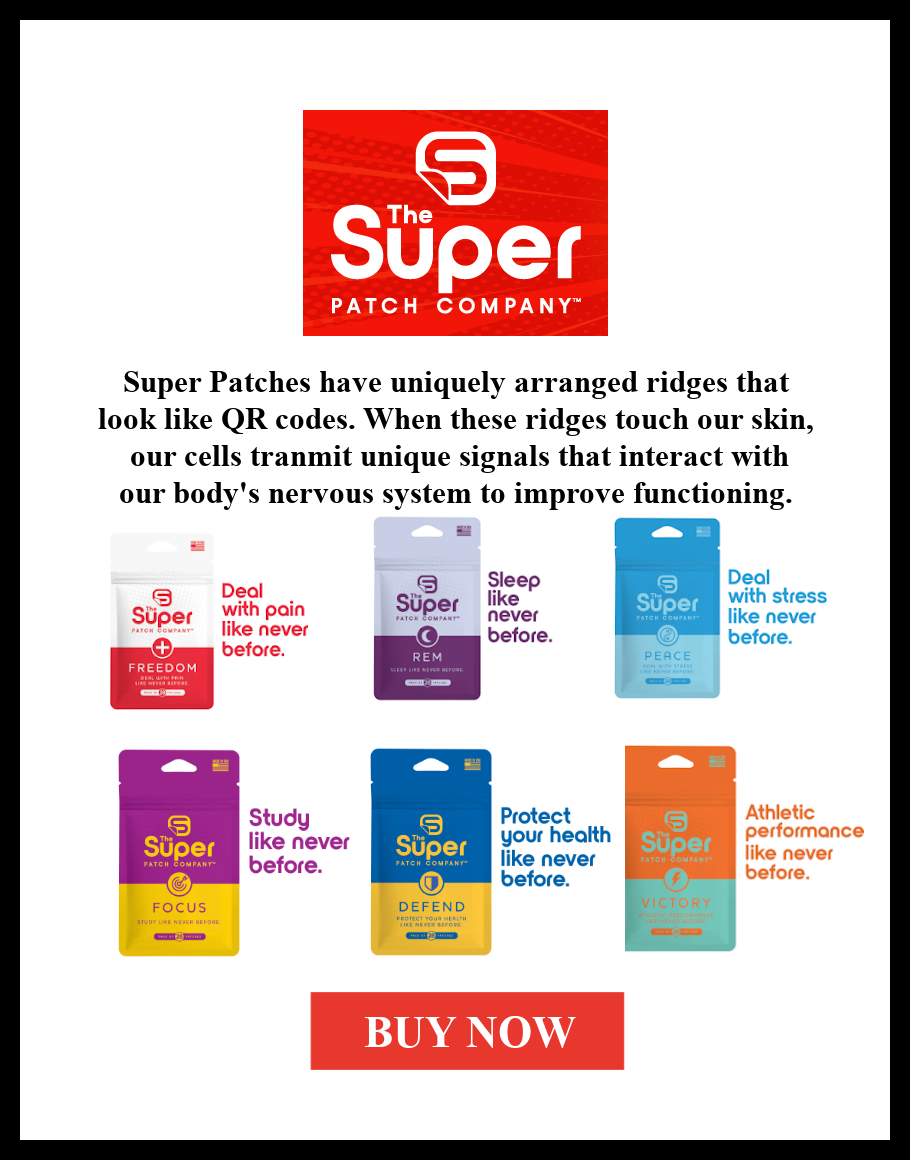
The Human Body Makes Its Own Cannabinoids
Researchers in the 1990s discovered the human endocannabinoid system (ECS). The ECS is a proliferation of receptors on cells throughout the body and specific molecules known as cannabinoids that interact with these receptors to regulate a vast array of bodily processes, as well as enzymes to break down the cannabinoids when they are no longer needed. Components in marijuana are similar to these natural substances and interact with the endocannabinoid receptors to produce marijuana’s beneficial effects.
It’s possible to increase the body’s production of these naturally occurring substances, which are known as endocannabinoids when they are created by the body. Then, you can experience more of the beneficial effects of cannabinoids without having to turn to marijuana or CBD. In fact, you can turn up your production of natural cannabinoids with a few simple lifestyle changes.
What the Endocannabinoid System Does
The endocannabinoid system is the largest group of neurotransmitters found in the human body. It contains two types of receptors. CB1 receptors are found in the central nervous system, which includes our brain and spinal cord. CB2 receptors are found in the peripheral nervous system, which includes parts of the nervous system outside the brain and spinal cord that connect to the other tissues and organs in the body.
The body produces two types of endogenous cannabinoids, anandamide (AEA) and 2-arachidonoylglycerol (2-ag). When these substances bind to their respective receptors, they transmit a signal that regulates a physiological function. Once the cannabinoids do their job, special enzymes break them down so they’re no longer available until the next time they’re needed.
The endocannabinoid system is involved in regulating the following functions:
- appetite and digestion
- metabolism
- pain regulation
- inflammation and other immune system responses
- mood
- learning and memory
- motor control
- sleep
- cardiovascular system function
- muscle formation
- bone remodeling and growth
- liver function
- reproductive system function
- stress response
- skin and nerve function
The overall purpose of the endocannabinoid system is to return the body to balance (homeostasis) after a challenge, such as stress or injury. Some experts believe that an endocannabinoid deficiency may be the reason that some people develop migraines, fibromyalgia, irritable bowel syndrome or other chronic conditions.
How to Naturally Boost Your Endocannabinoids
It makes sense that, since the endocannabinoid system is a natural part of our bodies, there would be natural ways to influence it. It also makes sense that paying attention to good health basics such as diet, exercise and stress management would make a difference. In fact, that is the case.
Dietary Factors that Affect the Endocannabinoid System
A diet high in essential fatty acids, including omega-3 and omega-6 fatty acids, is essential to a healthy endocannabinoid system because they are the building blocks for endocannabinoids. Most Americans consume too many omega-6 fatty acids and not enough omega-3s, which are found in fatty fish, walnuts, flax seeds, chia seeds and hemp seeds.
Cocoa or chocolate contains several compounds that increase endocannabinoid levels in the body by inhibiting their breakdown.
Vitamin C found in many fruits and vegetables helps speed up the absorption of CBD.
Certain herbs, including lemon balm, oregano, cinnamon, cloves, hops and black pepper contain a terpene, beta-caryophyllene, that stimulates the CB2 receptors in the peripheral nervous system.
Certain teas, including turmeric tea, echinacea tea and Camelia sinensis tea, can raise endocannabinoid levels, stimulate CB2 receptors and inhibit endocannabinoids from breaking down.
Avoid excessive alcohol consumption, as it can inhibit endocannabinoid production and reduce the activity of cannabinoid receptors. Other foods that disrupt the endocannabinoid system include processed grains, refined sugar, trans fats, foods fried in vegetable oil and non-organic foods that have been treated with pesticides.
Exercise Boosts the Endocannabinoid System
Exercise boosts the production of the endogenous cannabinoid anandamide. In fact, some experts now believe that exercise-induced production of cannabinoids may be responsible for the phenomenon known as “runner’s high”, which was previously attributed to exercise-induced increases in levels of endorphins, the body’s natural opioid.
Yogic breathing, as well as different forms of aerobic exercise, can boost cannabinoid production.
Reducing Stress Boosts Levels of Endocannabinoids
Prolonged periods of stress reduce repair and development of new cannabinoid receptors. High amounts of cortisol—the stress hormone, interferes with the function of CB1 receptors.
Practicing relaxation techniques such as meditation and deep breathing as well as addressing unresolved trauma, can increase endocannabinoid levels in the body.
Supplement with Phyto-cannabinoids as Needed
Reduce your dosage requirements for cannabinoids and enhance your overall health and well-being by incorporating the common sense lifestyle changes described above. Supplement with CBD or medical marijuana as needed to reduce pain, anxiety and other symptoms. Seek appropriate medical guidance to optimize results.
Find Alternative Pain Treatment Providers
The author, Cindy Perlin, is a Licensed Clinical Social Worker, certified biofeedback practitioner and chronic pain survivor. She is the founder and CEO of the Alternative Pain Treatment Directory and the author of The Truth About Chronic Pain Treatments: The Best and Worst Strategies for Becoming Pain Free. She's located in the Albany, NY area, where she has been helping people improve their health and emotional well-being for over 27 years. See her provider profile HERE.











Comments